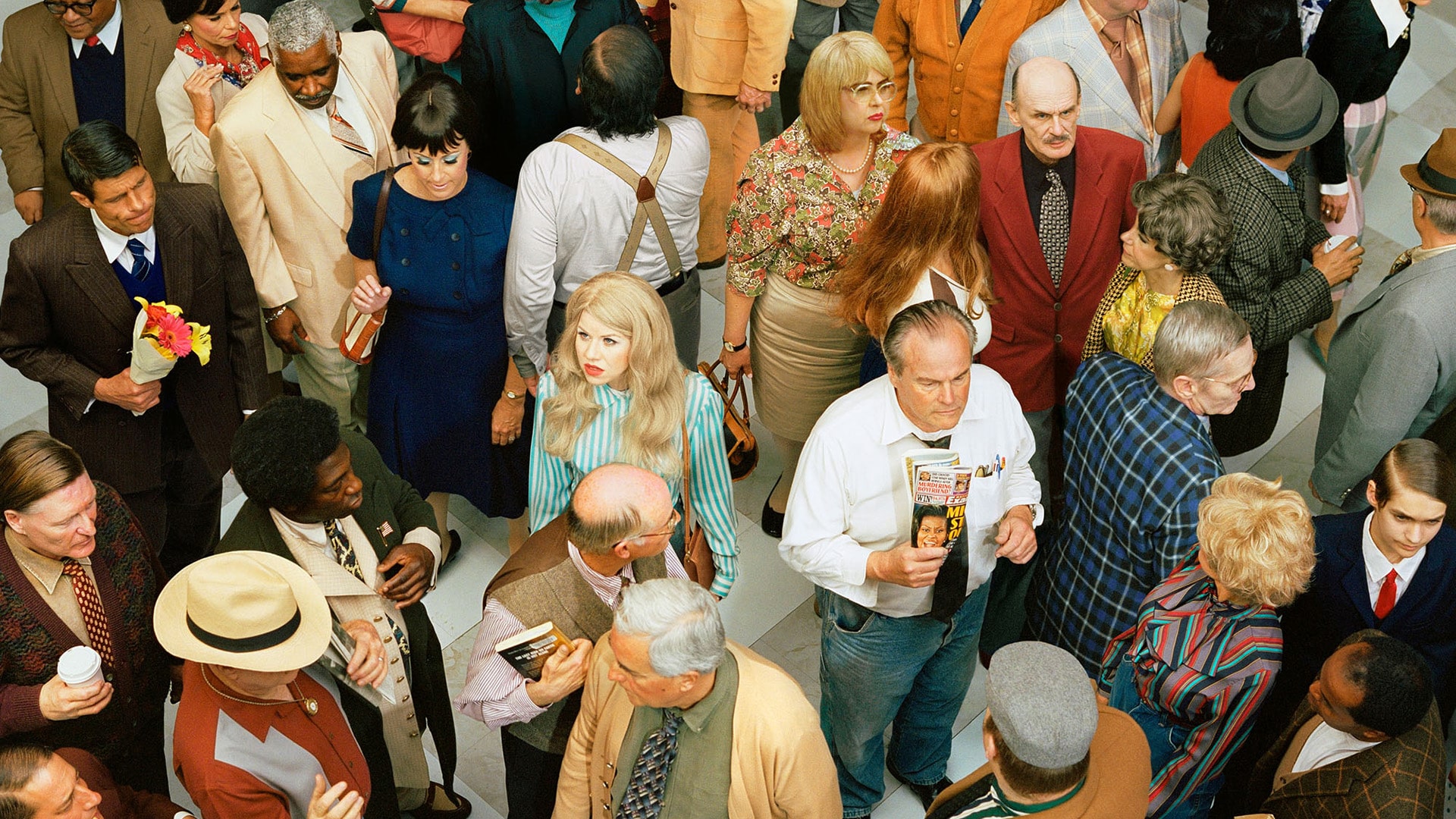We see before we think or speak, often relying upon pictures to learn words themselves. Our first books contain pictures, showing us how to translate the visual world into a verbal one, and in turn teaching us that images contain a language all their own.

It has been said, “a picture is worth a thousand words,” suggesting a single image can contain vast stores of information and ideas, as well as be a singular experience unto themselves, evoking a visceral response. In a world filled with images, visual literacy is an underutilized tool to help people navigate contemporary life.
Recognizing this, John Szarkowski, then Director of Photography at MoMA, penned the seminal 1973 book, Looking at Photographs: 100 Pictures from the Collection of the Museum of Modern Art, an accessible history of photography for seeking to learn how to become proficient at reading pictures.

Nearly half a century later, the world has become deluged by stores of images flooding our daily lives by virtue of the explosion of digital technology and our reliance upon it. Yet the subject of visual literacy goes largely unaddressed, and it is for this reason that photographer and educator Stephen Frailey’s new book, Looking at Photography (Damiani) is a much-needed contribution to the discourse.
The Language of Photography
Featuring 100 works made since 1980, Looking at Photography offers a captivating snapshot of contemporary photography through the works of artists pushing the boundaries in every genre of the form. From Susan Meiselas, Jimmy DeSana, and Peter Hujar to Dawoud Bey, Carrie Mae Weems, and Martin Parr, Frailey has compiled a fascinating selection of works accompanied by insightful and accessible text.

Yancey Richardson Gallery, New York and Stevenson, Cape Town.
“In contradiction to its modest physical substance, a photograph can knock the wind from you, the viewer. It can stun then scar; and change everything forever,” Frailey writes, introducing the work of Japanese iconoclast, Daido Moriyama.
“For Moriyama, photography seems an act of feral menace: the photographer as scavenger, prowling the hidden and criminal and nocturnal as if part of a forensic inquiry. The photographs feel wrenched from the dark, enveloped in grain and shadow, cluttered with sharp edges and visual static; seething and charred. The images seem as much caged as framed.”

Frailey’s potent turn of phrase both describes the image as well as evokes a physical response, illustrated the golden rule of writing: “Show, don’t tell.” His ability to synthesize content and context while simultaneous crafting whirlwind prose creates an encounter with each artwork all its own.
Rewriting History, One Picture at a Time
Looking at Photography reveals not just the progression of the medium but also that of the culture itself, revealing how the art world is finally beginning to right the wrongs it has long upheld.

Frailey considers the work of South African photographer Zanele Muholi, observing, “Historically, the photograph has been an efficient implement of discrimination and colonialism. It is increasingly understood that representation has not been democratic; that the exclusion from representation based on race, sexual orientation and economic credentials maintained the hegemony of the privileged.”
The works Frailey has selected for the book reveal the ways in which photographs have the power to change the way we see and think about the world in which we live. History can be rewritten to reflect a deeper truth. Of Muholi’s work, and that of many others, Frailey writes, “It is of notable relevance that much of the significant photographic practice of the first quarter of this century is as a corrective to this visual history, transferring photographic interpretation into the hands of those represented.”

By Miss Rosen
Miss Rosen is a New York-based writer focusing on art, photography, and culture. Her work has been published in books, magazines, and websites including Time, Vogue, Artsy, Aperture, Dazed, and Vice, among others.

Stephen Frailey: Looking at Photography
Published by Damiani
$45.00, €40,00
Book available here.


